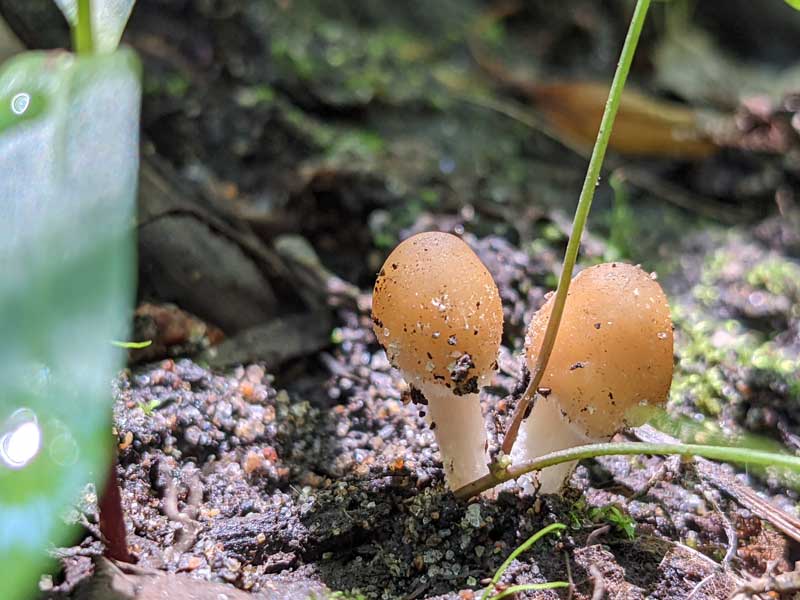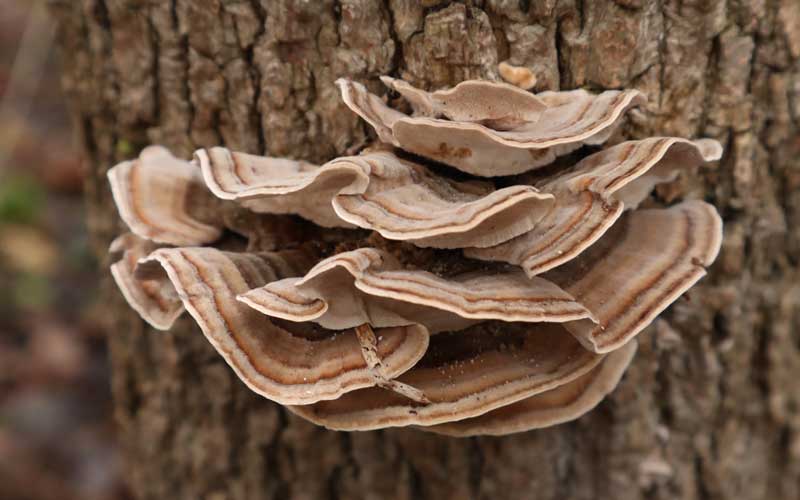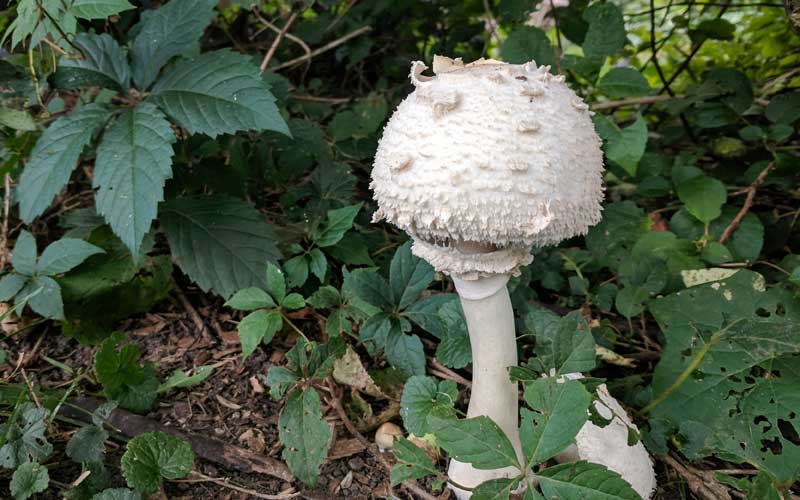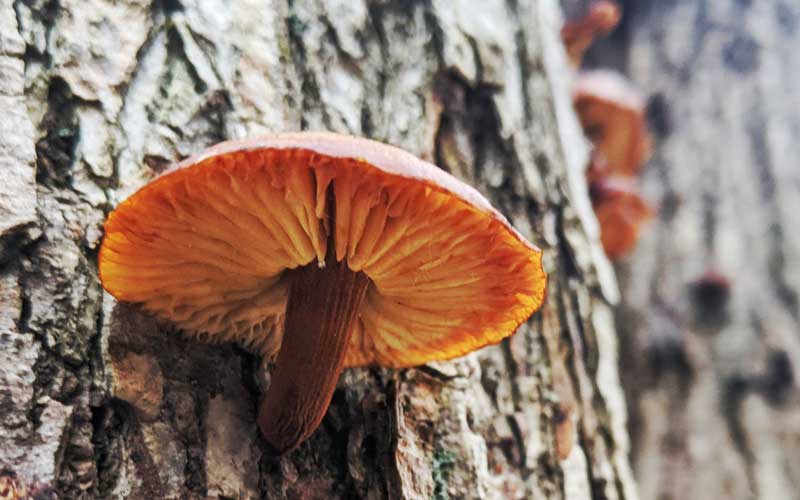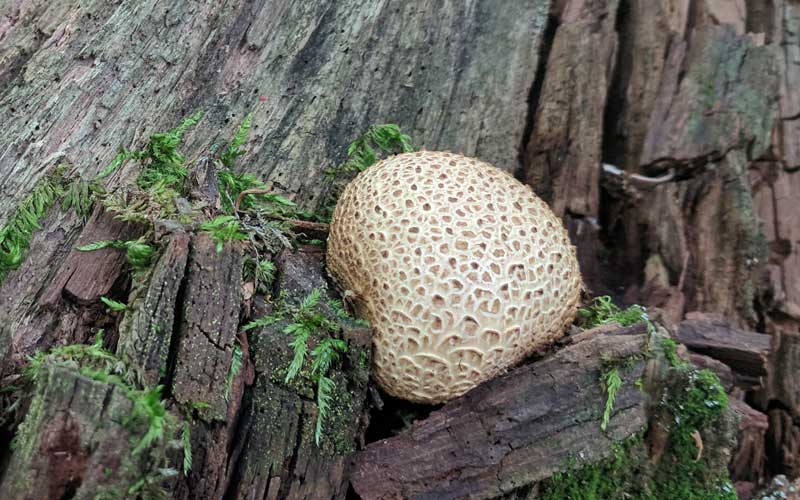- Home
- Mushroom Resources
- Got Questions?
- Questions about using mushrooms for desalination and gray water filtration.
Questions about using mushrooms for desalination and gray water filtration.
by Hannah
(Missouri, USA)

QUESTION:
I read that there is new research into using mushrooms as desalination tools for saltwater, since they were able to make it almost (I think) 80% more efficient than sunlight on plain saltwater. Has there been any research into this field as far as using mushrooms in between panels as a solar collection material?
Also, could someone walk me through a potential gray water mycelial garden? I have looked and looked and I haven't found anyone online who's documenting using mycelium as a water filtration system for gray or black water. I am curious to see how someone could set that up as a continuous system.
Paul Stamets has done some work pointing towards successful water filtration for various different types of mushrooms and currently is doing this as a project in a creek in Washington state, but that's all I've ever seen for that.
ANSWER:
Hannah,
Thanks for the great questions!
In answer to your first question about desalination…
There has been some research into using mushrooms as desalination tools for saltwater, although it is still in the experimental stages. The research you may be referring to is likely a 2015 study by scientists at the University of California, Riverside, who developed a way to use the pigment from shiitake mushrooms to filter salt out of water.
According to the study, the pigment was able to make the process of removing salt from water up to 80% more efficient than using sunlight on plain saltwater.
While this research shows promise for using mushrooms as a desalination tool, there is still a long way to go before it can be used on a large scale. More research is needed to determine the effectiveness of this method in different conditions and to develop a practical way to use it in real-world applications. Additionally, there may be challenges in scaling up the production of the pigment to meet the demands of large-scale desalination.
And your second question about gray water…
Yes, mycelium can be used as a water filtration system for gray or black water in a process known as mycofiltration. Mycofiltration involves using mycelium, the vegetative part of a fungus, to break down and filter out contaminants in water.
Mycelium acts as a natural filter, trapping pollutants and breaking them down into nutrients that can be absorbed by plants. It's a cost-effective and eco-friendly way to filter water, and can be used for a variety of purposes, including irrigation for gardens and crops.
To set up a mycofiltration system, a bed of wood chips or other organic material is inoculated with mycelium. The mycelium grows throughout the bed, breaking down organic matter and filtering out contaminants in the water. The filtered water can then be collected and used for irrigation.
One of the benefits of mycofiltration is that it is a low-maintenance system that requires little to no energy input. It can also be a way to reuse gray or black water, reducing water usage and waste.
I hope this answers your questions!
Nick
Comments for Questions about using mushrooms for desalination and gray water filtration.
|
||
|
||





